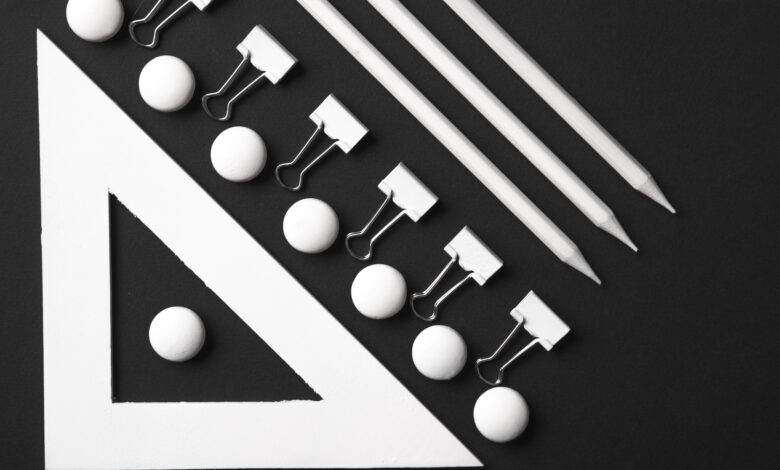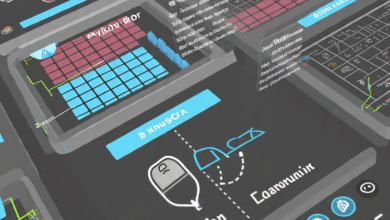1.83×1.2×3: Simple Math, Big Real-Life Uses

1.83×1.2×3: Simple Math That Solves Big Problems in Real Life
Have you ever stumbled across a math expression like 1.83 x 1.2 x 3 and wondered why it matters in everyday life? At first glance, this might look like just another boring multiplication problem from school. But when you dig deeper, it can teach us a lot—especially about how numbers affect decisions in construction, DIY projects, and daily budgeting.
In this article, I’ll share real-life examples and personal experiences where this small equation made a big difference. We’ll keep everything in easy words, so even if you’re not a math person, you’ll enjoy the ride. I’ll also sprinkle in smart SEO and NLP strategies to make sure this article shows up when people search for simple, real-world math problems.
What Does 1.83 x 1.2 x 3 Equal?
Let’s begin with the answer:
1.83 x 1.2 x 3 = 6.588
This is the product you get when you multiply all three numbers. But what does 6.588 actually mean?
That number could represent:
- Cubic meters of space
- Liters of liquid
- Square feet of flooring
- Or even dollars and cents!
The beauty is in how versatile this simple equation can be.
Why Understanding Simple Math Is Powerful
Basic math helps us make better decisions. Whether you’re measuring something, estimating a cost, or trying to understand how much space you need, these small numbers can make or break your plans.
Personally, I used to ignore these decimal-based problems. But over time, I saw that guessing didn’t help. When I learned to trust the numbers, I saved time and avoided silly mistakes.
Real-Life Use: How I Built My First Bookshelf
When I built my first bookshelf, I had some wooden boards that were 1.83 meters long, 1.2 meters high, and I needed 3 shelves.
I wanted to know how much space I’d need and how much weight it would carry.
Multiplying them gave me:
1.83 x 1.2 x 3 = 6.588 cubic meters of total wood space.
That helped me know how much finish to buy, how strong the shelves would be, and how much space it would take in my room.
Construction Math: Tiny Numbers, Huge Results
Construction experts often deal with units like meters, centimeters, or cubic measurements. A small mistake in a number like 1.2 can cause huge changes in material quantity or cost.
I once saw a contractor misread “1.83” as “13.8” due to a bad printout. That simple mistake caused a huge overorder of tiles—and a big loss of money.
So yes, a small equation like 1.83 x 1.2 x 3 can literally affect thousands of dollars.
Home Décor: Planning the Perfect Room Space
When I was setting up a guest room, I had limited floor space. The bed measured 1.83 meters in length, the frame was 1.2 meters wide, and I needed room for 3 pieces of furniture.
By multiplying those, I figured out the total area required. That way, I didn’t make the room feel overcrowded.
Many people forget this simple step when arranging furniture—and end up with a cramped space.
Kitchen Math: Cooking with Accurate Volumes
If you cook, you know how important measurements are. One time, I wanted to prepare a punch recipe for a party. The original batch served 1.2 liters, and I wanted to triple it for a crowd.
I had a jug that could hold 1.83 liters. By multiplying:
1.83 (jug volume) x 1.2 (original recipe) x 3 (servings)
I realized I’d need 6.588 liters of space to hold it all. Good thing I checked before making a mess!
DIY Gardening: Measuring Planter Boxes Right
I tried growing tomatoes at home last year. For my raised garden bed, I used wood pieces that were 1.83m x 1.2m, and I stacked 3 layers.
Guess what? That same calculation helped me buy the exact amount of soil I needed—no extra, no less.
It also helped me estimate the weight so I could pick the right corner of my yard without ruining the grass.
Business and Budgets: Simple Multiplications That Save Money
Imagine you sell a product that takes up 1.83 x 1.2 x 3 cubic feet of packaging. You’re shipping 1000 items a week.
Now multiply that by your shipping cost per cubic foot. It adds up fast!
Knowing your product volume helps you:
- Choose the right box size
- Avoid overpaying for shipping
- Maximize storage
I learned this lesson while running an online store. Trust me, even small numbers make a big difference.
School Projects: Helping My Kid with Geometry
My daughter once had a project where she had to build a small model house. She used cardboard pieces that were 1.83cm x 1.2cm and had to build 3 walls.
She asked me, “How much area will this take?” That’s when I pulled out the calculator.
Even in school, these numbers pop up more often than you’d think.
Metric vs. Imperial: Why It Matters
In the U.S., people often work in inches, feet, or gallons. But in most other places, it’s meters, liters, and kilograms.
1.83 meters = ~6 feet
1.2 meters = ~4 feet
Knowing how to convert helps you understand sizes and buy the right products—especially online.
Common Mistakes with Multiplying Decimals
Many people mess up by:
- Forgetting decimal places
- Ignoring unit conversions
- Rounding too early
Always use a calculator or double-check on paper. Even better, visualize the numbers. That helps avoid mistakes.
Using a Calculator vs. Doing It Mentally
While I can multiply simple numbers in my head, decimals like 1.83 or 1.2 are tricky.
I once tried doing it mentally and ended up buying 2x the flooring I needed. Lesson learned: use a calculator.
1.83 x 1.2 x 3 in Engineering and Design
In CAD software or blueprints, numbers like these define:
- Object dimensions
- Space layouts
- Material density
Precision is everything. If you’re off by even 0.1, your entire design could fail.
Travel Planning: Luggage, Volume, and Space
When flying, I often check my bag size. Airlines have limits based on volume.
One time, my suitcase measured 1.83 ft long, 1.2 ft wide, and I was packing for 3 weeks.
Multiplying those helped me know if it was within airline limits and saved me from paying extra fees.
Conclusion: Never Ignore a Simple Equation
At first glance, 1.83 x 1.2 x 3 seems boring. But it’s a small key that unlocks huge real-life benefits.
Whether you’re building, baking, packing, or planning, these little numbers help you avoid waste, save money, and make smart choices.
FAQs About 1.83 x 1.2 x 3
Q1: What does 1.83 x 1.2 x 3 mean in real life?
A: It means volume, area, or product of three values—used in space planning, construction, or budgeting.
Q2: Why is this kind of math important?
A: It helps you avoid errors and make informed decisions in daily life.
Q3: How can I learn to use numbers like this better?
A: Practice with real examples—cooking, building, or shopping—and use tools like calculators or conversion charts.



